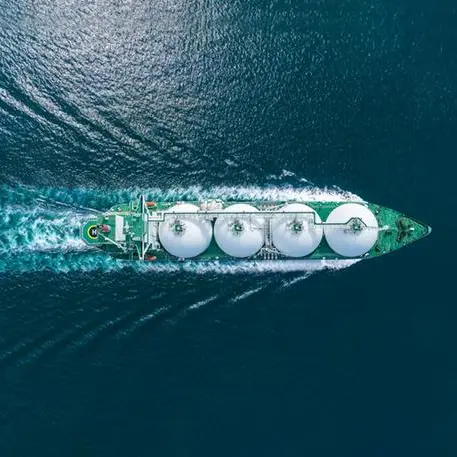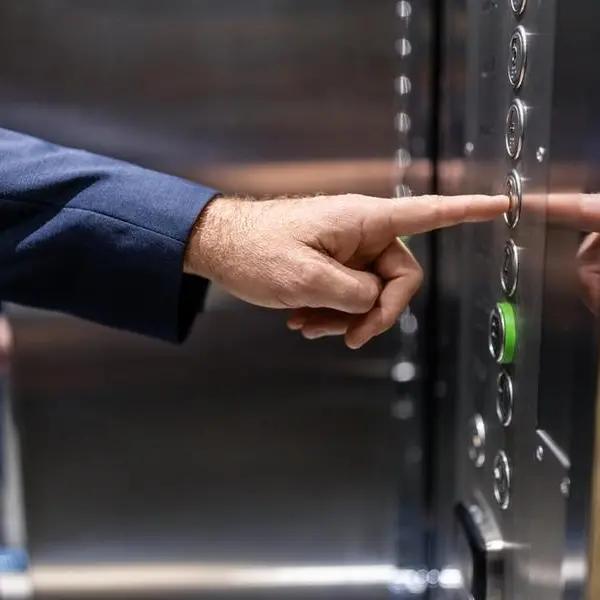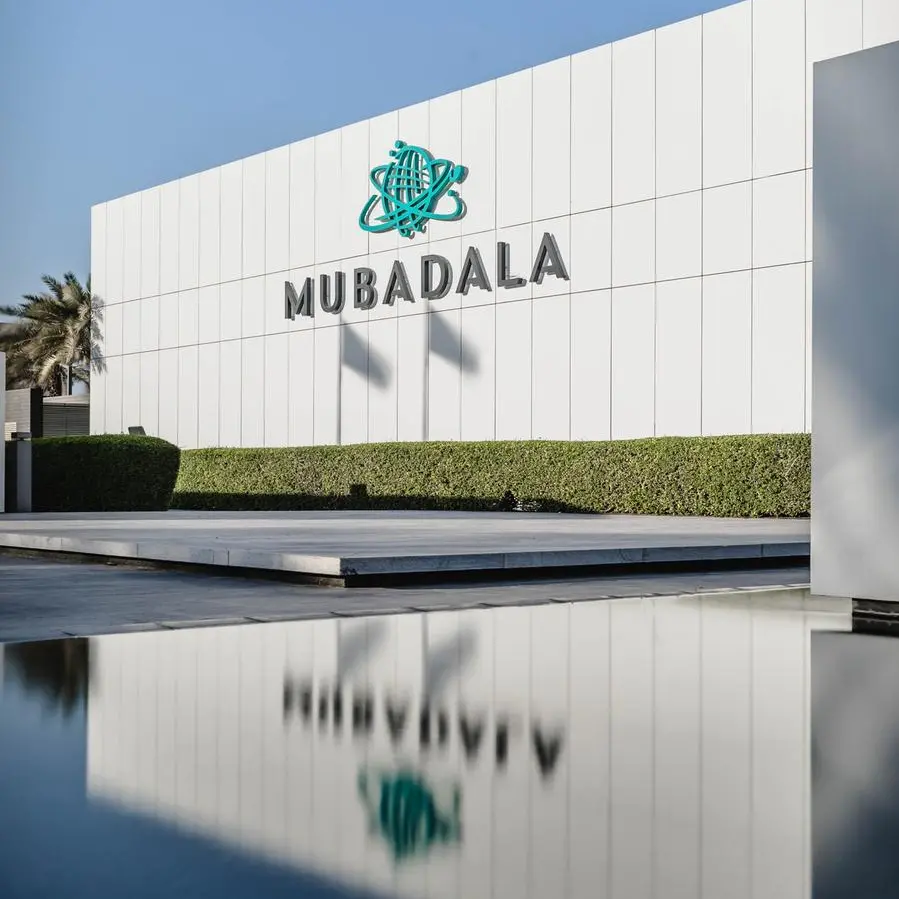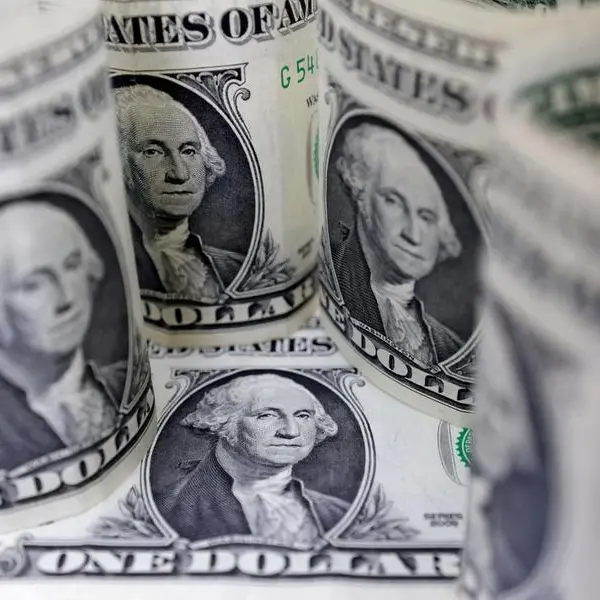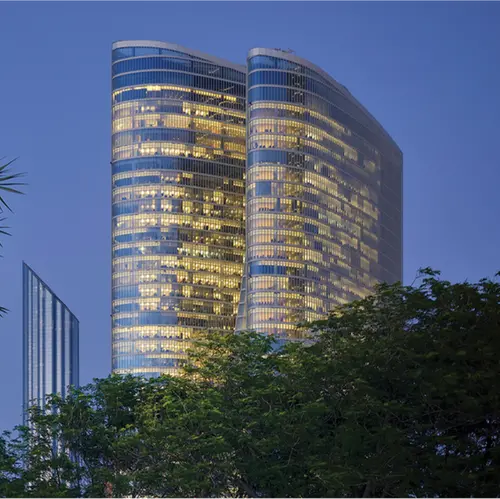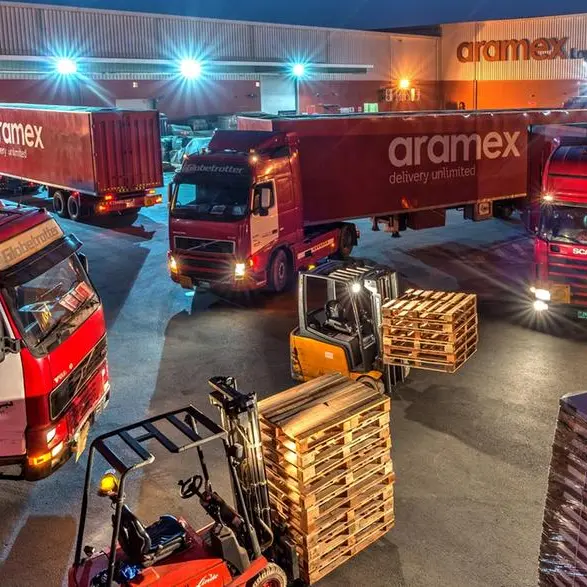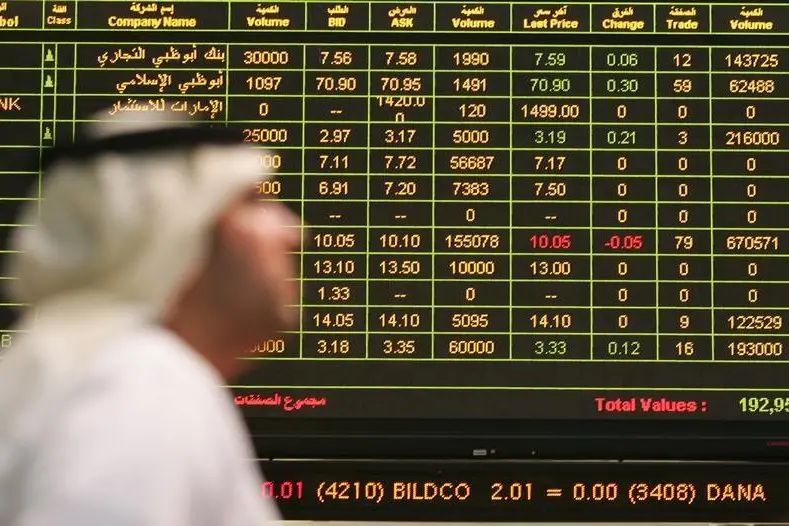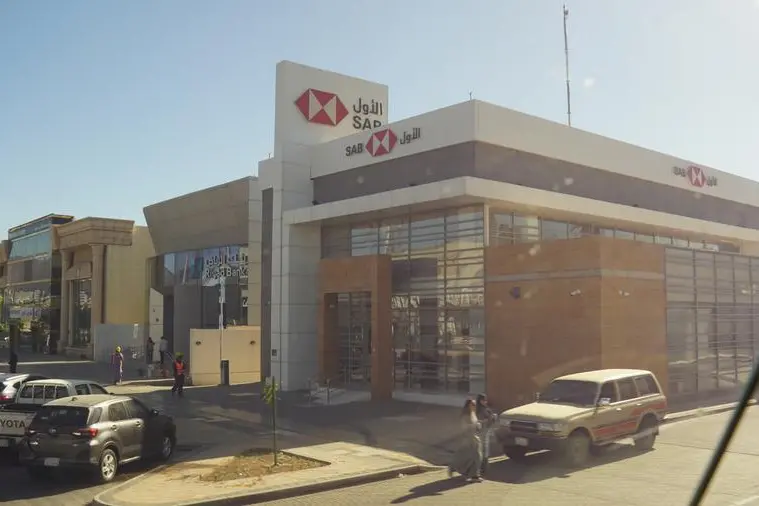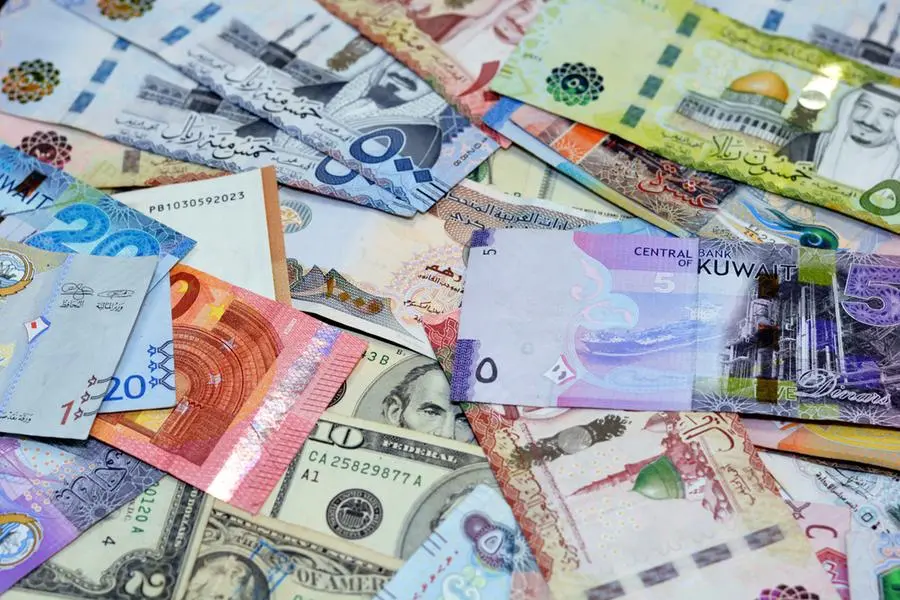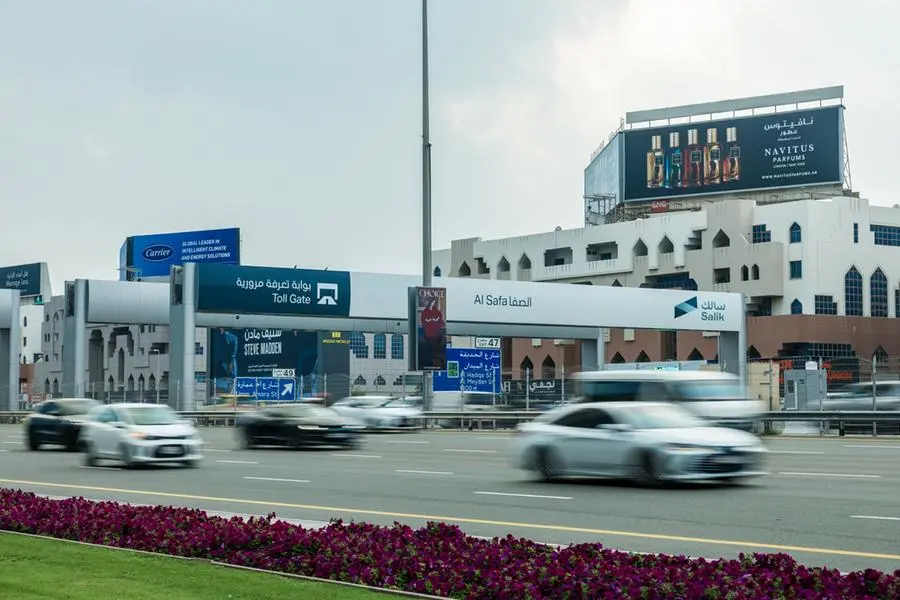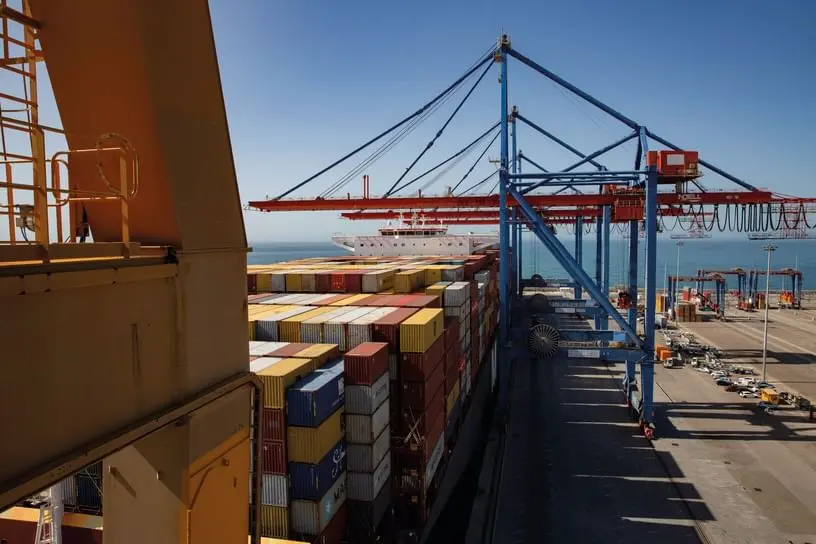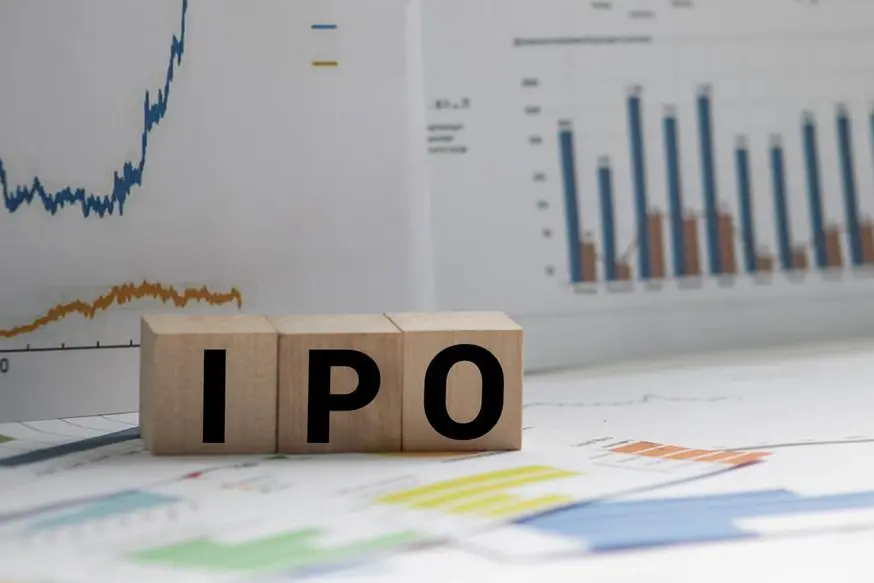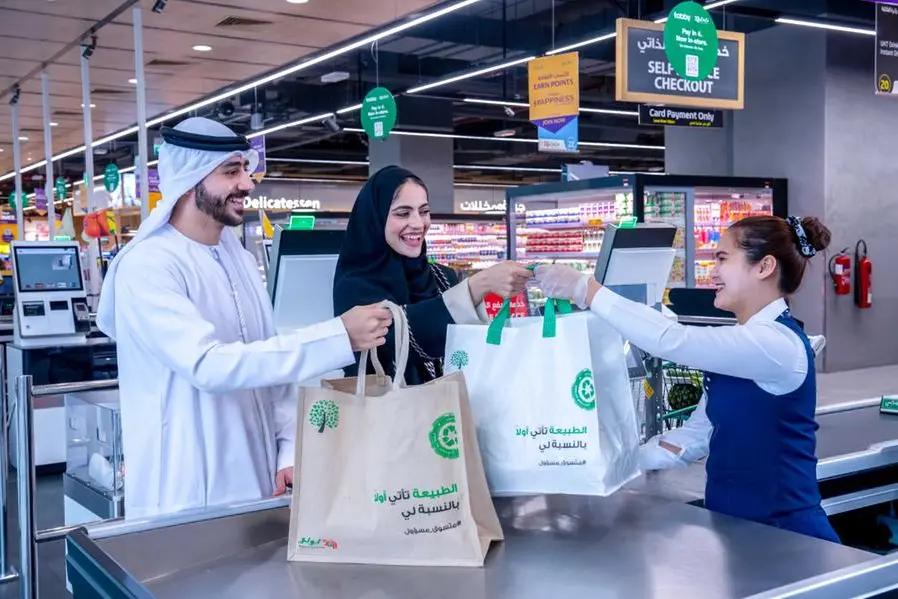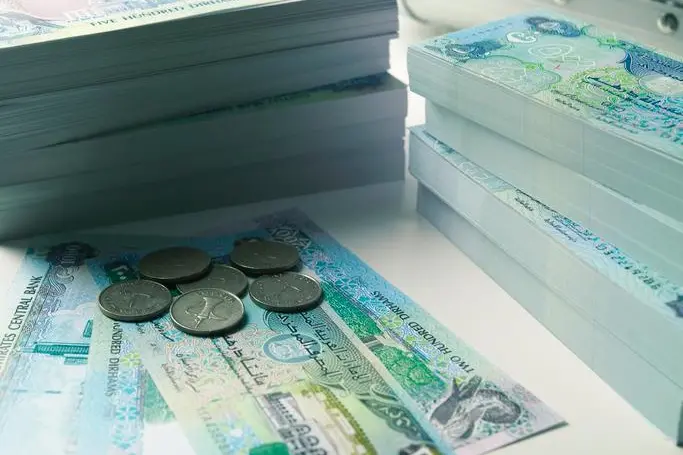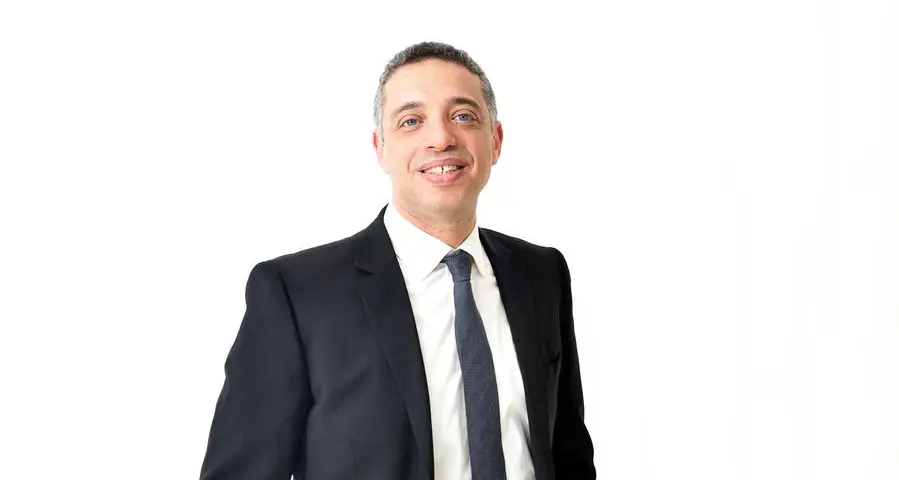PHOTO
Image used for illustrative purpose. Getty Images
Sovereign wealth funds (SWFs) are adapting their portfolios to the new macroeconomic environment, characterised by sticky inflation and rising geopolitical and climate risk, after they experienced their first year of negative returns, according to the eleventh annual Invesco Global Sovereign Asset Management Study.
The swift rise in interest rates and sharp correction in listed asset prices led most sovereign wealth funds to report negative returns for 2022, and the vast majority (86%) anticipate inflation to be higher in the coming decade than in the last.
This includes 88% of sovereign investors based in the Middle East, stated the Invesco study.
In response, many are fundamentally rethinking the way they invest in fixed income and private assets, alongside a renewed interest in emerging markets.
Invesco’s study, which has become the leading bellwether for sovereign investor activity, is based on the views of 142 chief investment officers, heads of asset classes and senior portfolio strategists at 85 sovereign wealth funds and 57 central banks, who together manage $21 trillion in assets.
According to the study, Middle Eastern SWFs and central banks are driving green investment surge amidst widespread adoption of Environmental, Social, and Governance (ESG) policies.
From 2017 to 2023, the adoption of ESG policies by these funds witnessed a substantial rise, increasing from 46% to 79%. For central banks, this growth was even more significant, jumping from a mere 11% to a robust 59%.
In the Middle East, 90% of SWFs and 22% of central banks have now embraced ESG policies, it stated.
"Geopolitical fluctuations and the urgent issue of climate change have underscored the necessity for secure and sustainable energy supply chains, thus amplifying the importance of renewables in investment strategies," remarked Josette Rizk, Head of Middle East and Africa at Invesco.
Two-thirds (67%) of SWFs and central banks affirm that sovereign investors can substantially contribute to financing the energy transition. This belief is also echoed by 56% of their Middle Eastern counterparts, she stated.
To align with their objectives, SWFs and central banks are increasingly focusing on direct green infrastructure investments and green bond allocations. Nearly 69% of central banks and 44% of SWFs globally are putting their resources into green bonds, revealed Rizk.
In the Middle East, this trend involves 57% of central banks and 25% of SWFs.
However, greenwashing poses a significant challenge to ESG investing, with 89% of sovereign investors (including both SWFs and central banks) identifying it as a concern, she noted.
“This sentiment is even more pronounced in the Middle East, where 94% of investors see greenwashing as a hindrance. To combat this issue, SWFs are taking a proactive approach: they are welcoming development risks and issuing green bonds themselves to ensure authentic alignment with ESG principles,” observed Rizk.
According to her, Middle East sovereigns are looking to increase their allocation towards fixed income assets over the next 12 months.
Fixed income is the asset class sovereigns are most likely to increase in their strategic asset allocation over the next 12 months, with a 28% net allocation intention surpassing infrastructure (25%), private equity (21%), listed equities (15%), and real estate (9%), she added.
In response to evolving macroeconomic conditions, SWFs are strategically reassessing their portfolios to better align with the current financial landscape, according to the Invesco study.
A notable 39% of SWFs globally, and 14% in the Middle East specifically, are proactively planning to augment their allocations towards fixed income in the forthcoming 12 months, it stated.
However, fixed income’s failure to shelter portfolios from the 2022 asset price correction has changed the way sovereign investors perceive the asset class, it added.-TradeArabia News Service
Copyright 2022 Al Hilal Publishing and Marketing Group Provided by SyndiGate Media Inc. (Syndigate.info).


